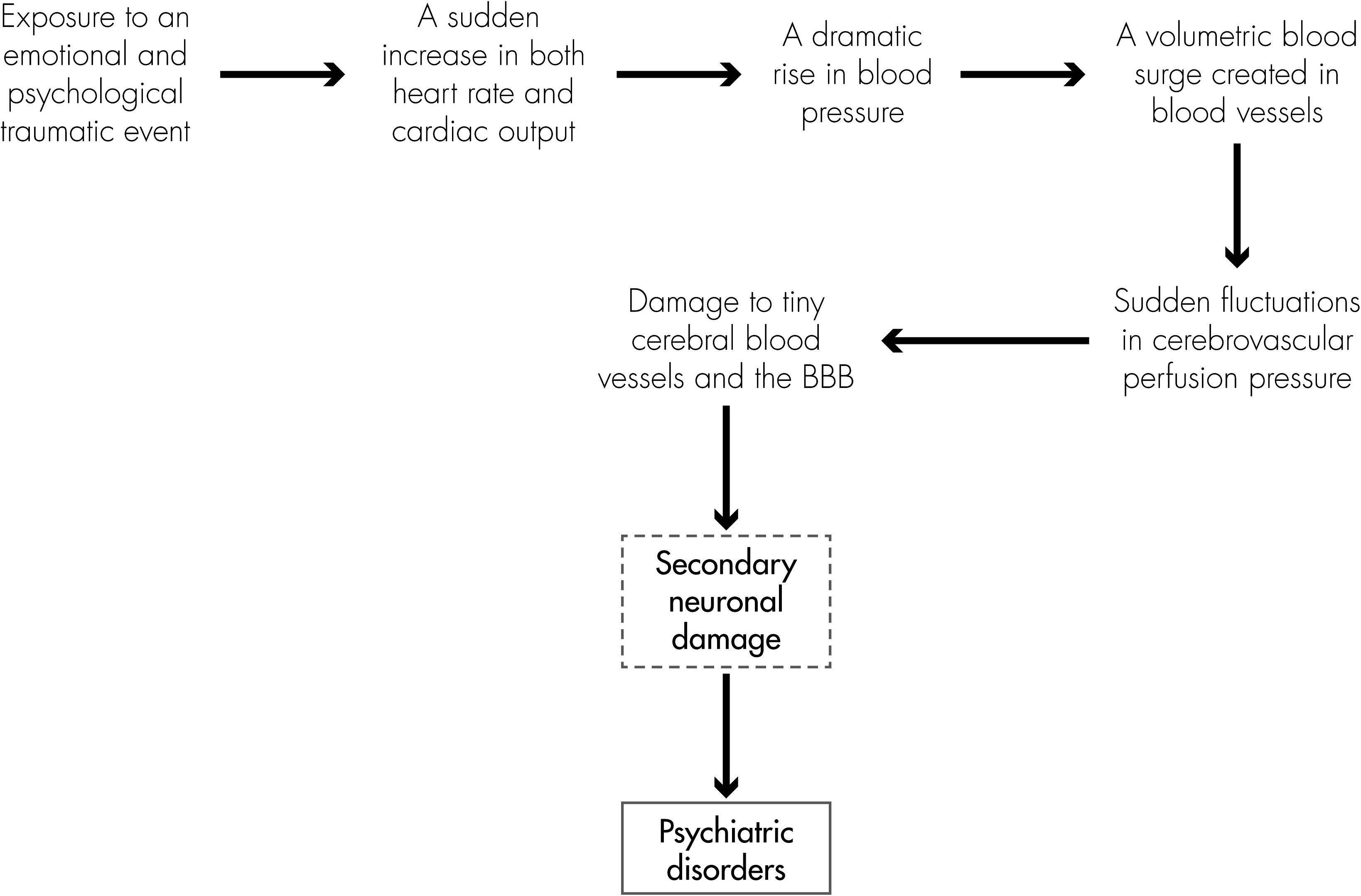Concepts and Strategies for Clinical Management of Blast-Induced Traumatic Brain Injury and Posttraumatic Stress Disorder
Abstract
Non-Impact Brain Injuries Resulting From a Volumetric Blood Surge Created by Blast Shock-Wave in the Cardiovascular System

Chronic Psychiatric Disorders Resulting From a Volumetric Blood Surge Induced by Emotional and Psychological Trauma

Medical Imaging Techniques for the Diagnosis of Blast-Induced Brain Injuries
Neuroprotection Strategies Aimed at Prevention of Secondary Neuronal Damage
Treatment for Cerebral Edema
Treatment for Intracranial Hemorrhage
Treatment for Cerebral Vasospasm
Anti-Inflammatory Treatment
Conclusions
Acknowledgments
References
Information & Authors
Information
Published In
History
Authors
Metrics & Citations
Metrics
Citations
Export Citations
If you have the appropriate software installed, you can download article citation data to the citation manager of your choice. Simply select your manager software from the list below and click Download.
For more information or tips please see 'Downloading to a citation manager' in the Help menu.
View Options
View options
PDF/EPUB
View PDF/EPUBLogin options
Already a subscriber? Access your subscription through your login credentials or your institution for full access to this article.
Personal login Institutional Login Open Athens loginNot a subscriber?
PsychiatryOnline subscription options offer access to the DSM-5-TR® library, books, journals, CME, and patient resources. This all-in-one virtual library provides psychiatrists and mental health professionals with key resources for diagnosis, treatment, research, and professional development.
Need more help? PsychiatryOnline Customer Service may be reached by emailing [email protected] or by calling 800-368-5777 (in the U.S.) or 703-907-7322 (outside the U.S.).

